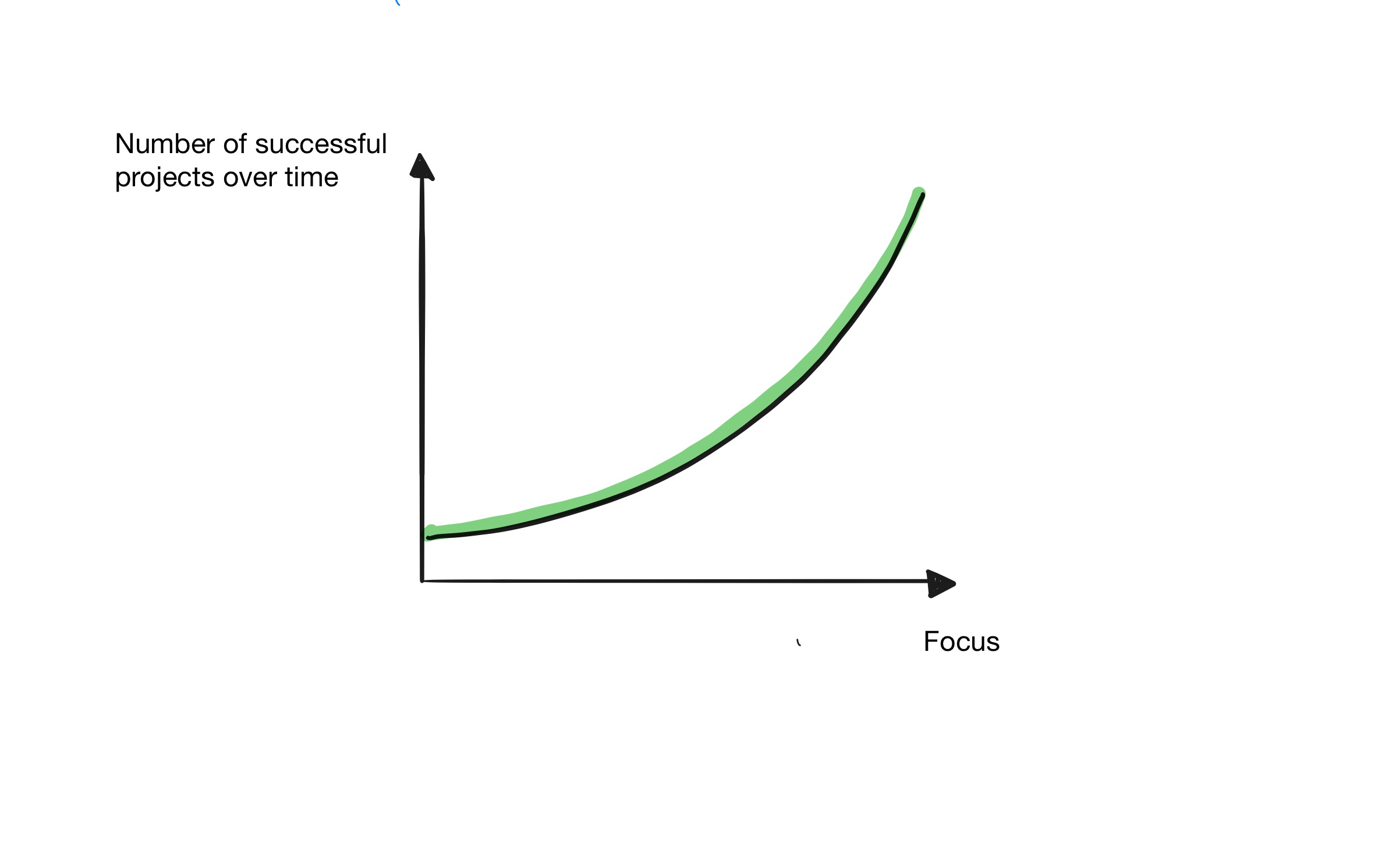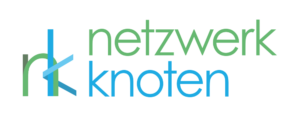The financial implications of agile product development are often hard to grasp since you rarely have two completely identical projects where, in the end, you’d be able to compare time, costs and profit or loss.
However, the network character of agile organizations and the reduced chance of standardizing processes and value chains throughout a company have let to the impression that agile frameworks are neither efficient nor do they save any money. The opposite must be the case: all these additional meetings cost a ton of time and money.
How to save time and money
What’s true is that keeping the old meetings, like steering committees, jours fixes or gate reviews while adding “agile” meetings will indeed cost dearly and you will probably blame it on the new framework. It’s important to thoroughly check the in- and outputs of your current meetings and assess, whether the important information could also be gathered in, for instance, a review or a planning meeting that has been newly set up.
The true case for cost saving and, most importantly, for making money is made by the way a mature agile organization handles its projects: focus. The following example will highlight the financial impact of having your people do too many things at once. For the sake of the argument, it will be simplified but you can easily apply it to your organization by putting in the real numbers.
Model case for developing vaccines
Let’s say you own a company that develops vaccines for all kinds of infectious diseases. Currently the financially most promising one is a cure for COVID-19, but you have your team of experts working on two more vaccines that also promise to be very well sought after.
Whenever the development and testing are done and approval is successful, scaling the production of each of these vaccines is not a problem for you.
In our case, developing and testing a vaccine consists of 10 steps. If everything goes as planned, completing each of these steps takes one day (this is obviously a drastic simplification, bear with me). Your seven-people cross functional team of highly skilled experts costshttps://images.app.goo.gl/dMjXMzXevTWgsCf79 you 5000 Euros a day. Selling the vaccines will earn you 1 Million for the COVID cure, and 500.000 Euros each for cure B and C.
Unfortunately you missed the online course on the financial impact of negative multitasking (there isn’t really one, but if you’re interested in the topic, feel free to contact us) so your team of experts still works under the assumption that all three vaccines are equally important and you also expect to save some money because many of the steps appear to repeat themselves with each of the three vaccines.
Consequently, your team finishes the work on step one of vaccine A, moves on to step one of vaccines B and then to step one of vaccine C before moving on to step two of vaccine A. They repeat this process until all of the ten necessary steps are completed.
Your controlling department just dropped you a note that the synergies are neglectible. Even worse: your experts have to mentally prepare for the different vaccines and also switch laboratories and even buildings and put on new hazmat suits every time they work on another active ingredient. These ramp up times cost you at least two additional days for each vaccine.
You will be able to sell the COVID-19 vaccine after 30 days, which is great news because you’ll make a million bucks in just one month. Vaccine B can be sold after 33 days and vaccine C after 37 days. So in total you will have sold 2 million Euros worth of vaccine after 37 days at a cost of 185.000 Euros.
So what would happen if you were to have your team focus on the vaccine that not only makes you the most money but also apparently seems to be of utter importance for society?
Enter: focus.
Since there will be no context switches, developing and testing each vaccine will take the 10 days from the original plan. There will be some sort of ramp up cost between the three vaccines but not more than one day in total.
Subsequently, your team will successfully deliver the COVID-19 vaccine after 10 days cutting the time to earn money into a third! Vaccine B can be sold after 20,5 days and Vaccine C after 31 days at a total cost of 155.000 Euros. So, not only has your time to market decreased but also you have also increased your profitability!
Obviously this little simulation is lacking a couple of variables from the real world. One argument that is often presented is the fact that there are always blockers and impediments where you just have to wait for something or someone and in the meantime one should be working on something else.
While there are definitely things that you can’t fix or change over night there is also a tendency to accept certain waiting times or impediments as given. So instead of saying “Well, this has always been a problem around here, we’ll just have to wait” one could also say “This has always been a problem around here, now might be a good time to fix it”. This will, of course, still prolong the overall development process. But, looking at our example, even if it took you 6 days to fix a problem by just focusing on the COVID ‑19 vaccine you’d still be better off than trying to develop all three vaccines simultaneously.
Furthermore, I am also aware that having only three projects would already be a major win as most companies are working on hundreds of projects at the same time. Imagine the financial impact of focus in that kind of environment!
Last but not least, apart from the financial downside of doing too many things at the same time, it also has a significant impact on the health of your employees since it creates a constant state of stress and overload leading to burnout and other types of mental and physical fatigue.
What can you do?
1. Prioritize your projects. This can not be overstated since it provides orientation for your employees and of course for yourself whenever you face tough decisions.
2. Have the courage to stop projects that are not producing results or significant orientation for the next steps.
3. Act as a role model by prioritizing your own todos and setting focus topics for yourself. It takes a lot of guts to say “no” when someone asks you to help out with something and you know you probably could. But it also sends a valuable message when you say “I am currently focusing on topic x and need to get this off my desk. I’ll be happy to help whenever this is done.“
By the way, the consequences of multitasking are not only felt in product development. If you think of organizational development projects in your company that occupy the same ressources, think of the time and money that could be saved by tackling these projects one at a time!

